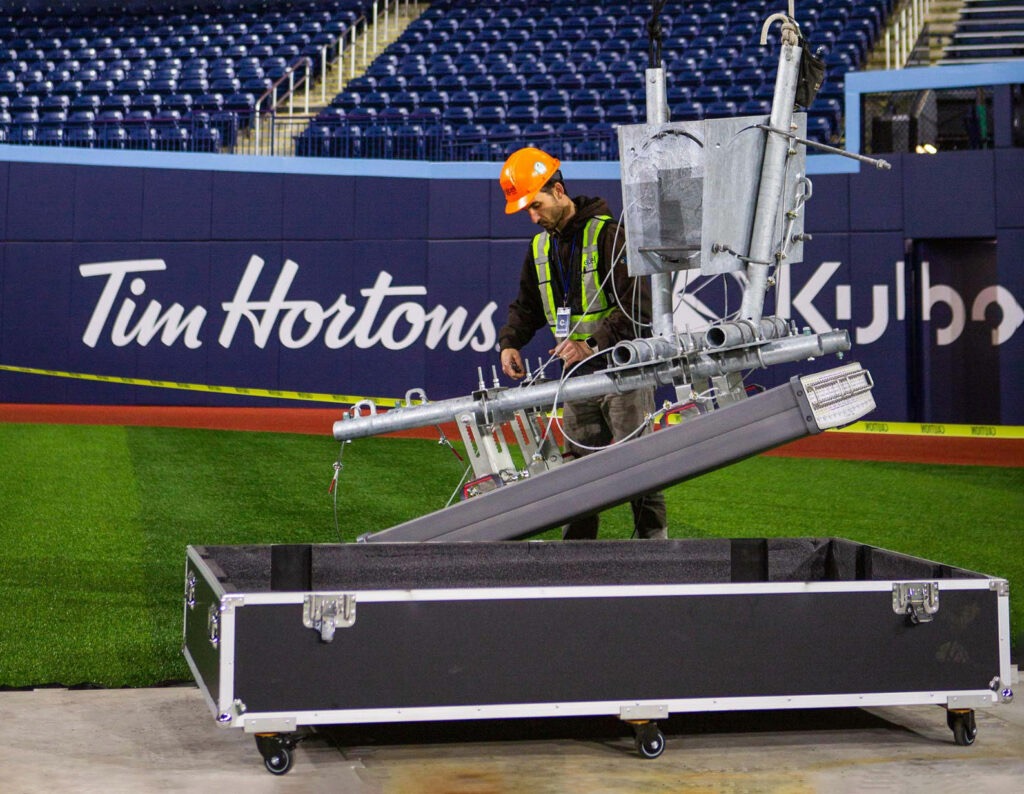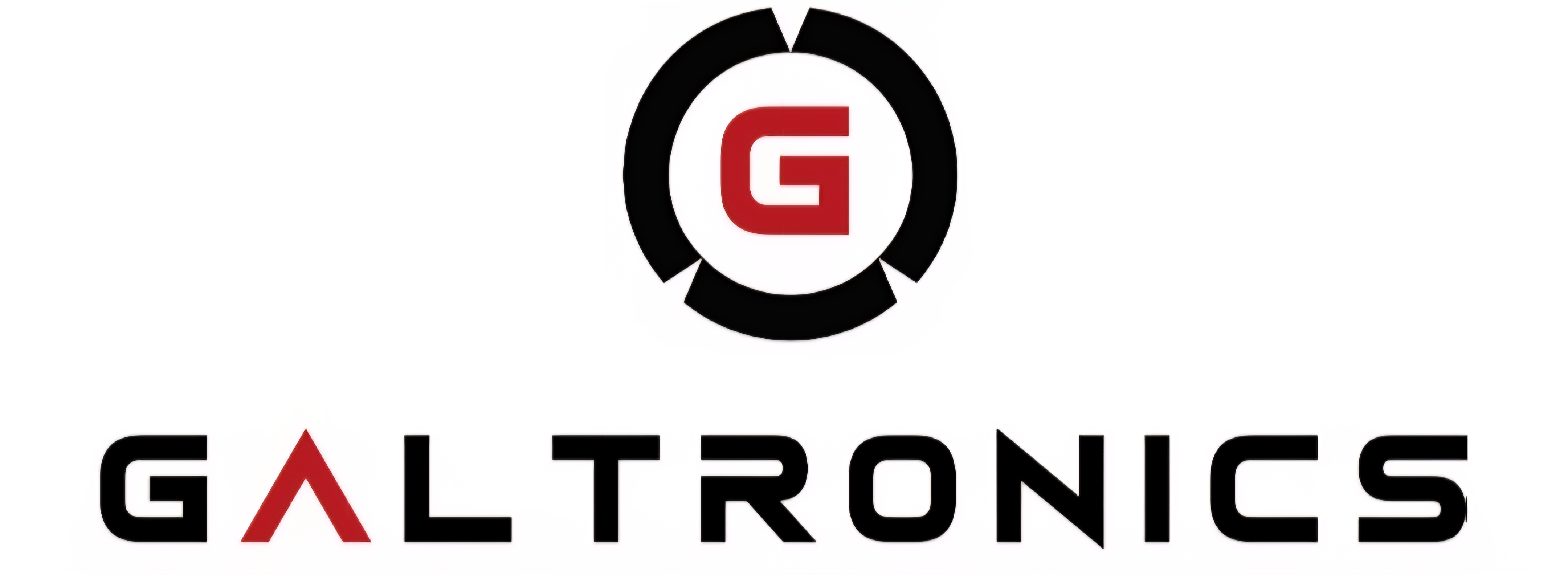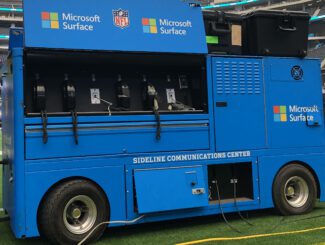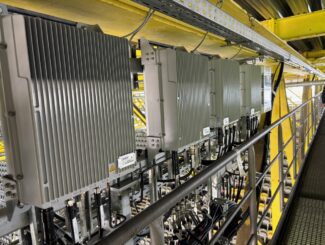By Galtronics
As the demand for wireless bandwidth continues to increase across venues of all shapes and sizes, the new line of hyper-directional antennas from Galtronics, a company with more than 40 years of history in the high-quality RF antenna market, is designed to fill gaps in the current marketplace. By developing antennas that are far lighter and less costly than other products, Galtronics is looking to address customer needs from both economic and technical perspectives.
The new hyper-directional antennas are a sign that there is a growing market need for Galtronics’ flexible and affordable offerings that deliver powerful solutions to enhance capacity, increase coverage efficiency, and elevate the user experience. Already, the company is signing up multiple sports venue customers, from the 100,000-seat Saban Field at Bryant-Denny Stadium at the University of Alabama, to arenas and music festivals.
How do hyper-directional antennas work, and why are they popular?
Hyper-directional antennas came about when companies found different ways to focus a wireless signal from an antenna, instead of spreading it around in many directions. Hyper-directional antennas are available for both cellular and Wi-Fi networks.
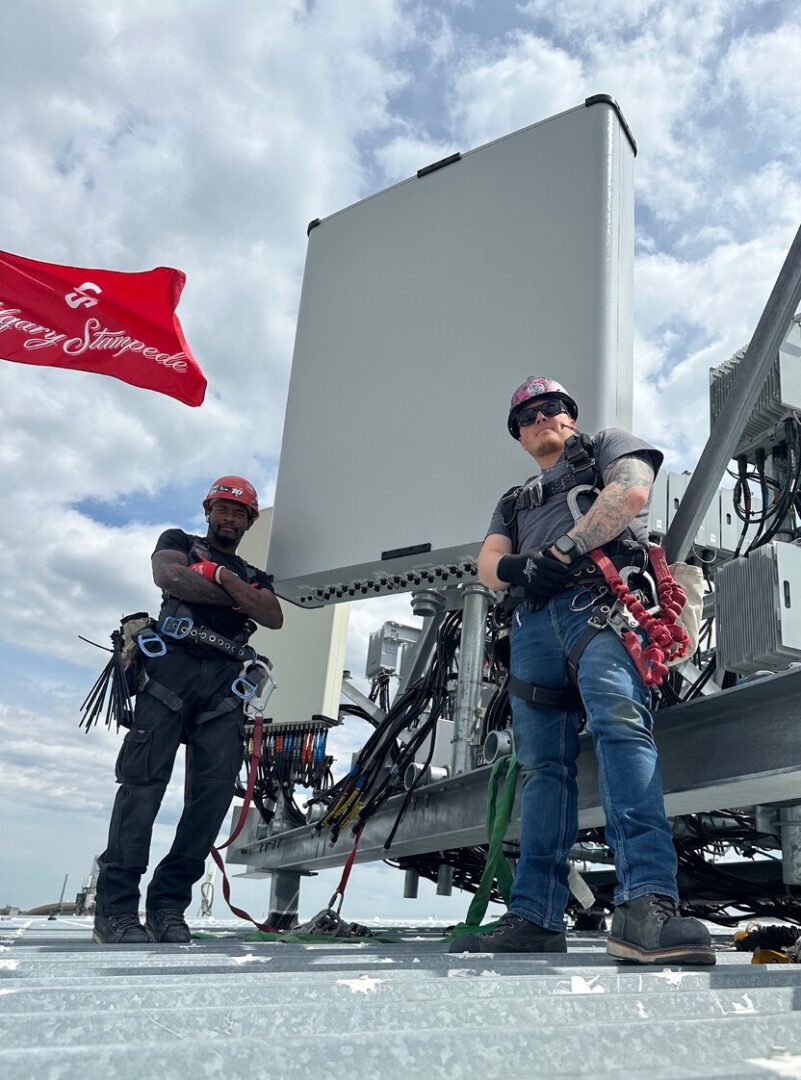
What gives hyper-directional antennas their name is the fact that in these newer devices, there are multiple beams that radiate in different directions, creating multiple sectors from the same antenna. This capability not only decreases the number of individual antennas that need to be installed (since each device has multiple beams), it allows for coverage flexibility from event to event.
And by focusing beams tightly, hyper-directional antennas are also capable of establishing connectivity over much larger distances than traditional antennas, since power is not wasted by beams that spread sideways. This feature has proven particularly attractive to venues in recent years, due to both providing better service to stadium-floor seats, and for easier and more aesthetically pleasing deployments, typically in a venue’s ceiling infrastructure.
Galtronics: Responding to a market need
Galtronics, a subsidiary of the Toronto-based Baylin Technologies, started engineering its first multibeam antennas in 2019, and launched its first commercial multi-beam antenna in 2020. For its hyper-directional multibeam line, Galtronics chose a flat-panel architecture that produced a slimmer, easier to deploy device that also weighed much less — and cost much less — than the previous market offerings.
The most robust Galtronics flat-panel multibeam antenna, for example, measures 63.7 inches wide, 51.3 inches tall and just 8.5 inches deep, in a traditional antenna shape that is easier to ship, handle, and install. Weighing 125 pounds, the antenna is light enough to install in most venues without any additional reinforcement needed. This contrasts with legacy globe-like antennas which weigh more and are a larger form factor.
If more capacity is needed, more Galtronics devices can be added to the deployment. By innovating inside the traditional flat-panel enclosure, Galtronics can offer an optimal solution for high-density bandwidth needs that are easy to deploy at significantly lower cost than legacy globe antennas.
“We saw what was happening in the market and saw an opportunity to differentiate,” said Leighton Carroll, CEO of Galtronics. Currently, Galtronics offers 35 different configurations of its multibeam hyper-directional products and has been consistently adding new functionality while adding new models.
“It’s been a real focus for us, and we continue to innovate,” Carroll said of the market for multibeam, hyper-directional venue antennas. “Even the smaller venues can get the capacity and speed that larger venues have had. The product works well, costs less, and is lighter.”
Innovation on technical and deployment fronts
One of the biggest technical attributes of Galtronics’ multibeam products are their ability to eliminate what is commonly known in the industry as “beam squint” — a performance issue that causes operators to block or de-activate “outside” beams to prevent interference.
Beam squint is problematic in stadium deployments where tight focus of beams is a necessity. For its multibeam line, Galtronics uses a patented hybrid technology approach that allows its products full use of all beams in an antenna, with no performance or interference issue with the “outside” beams.
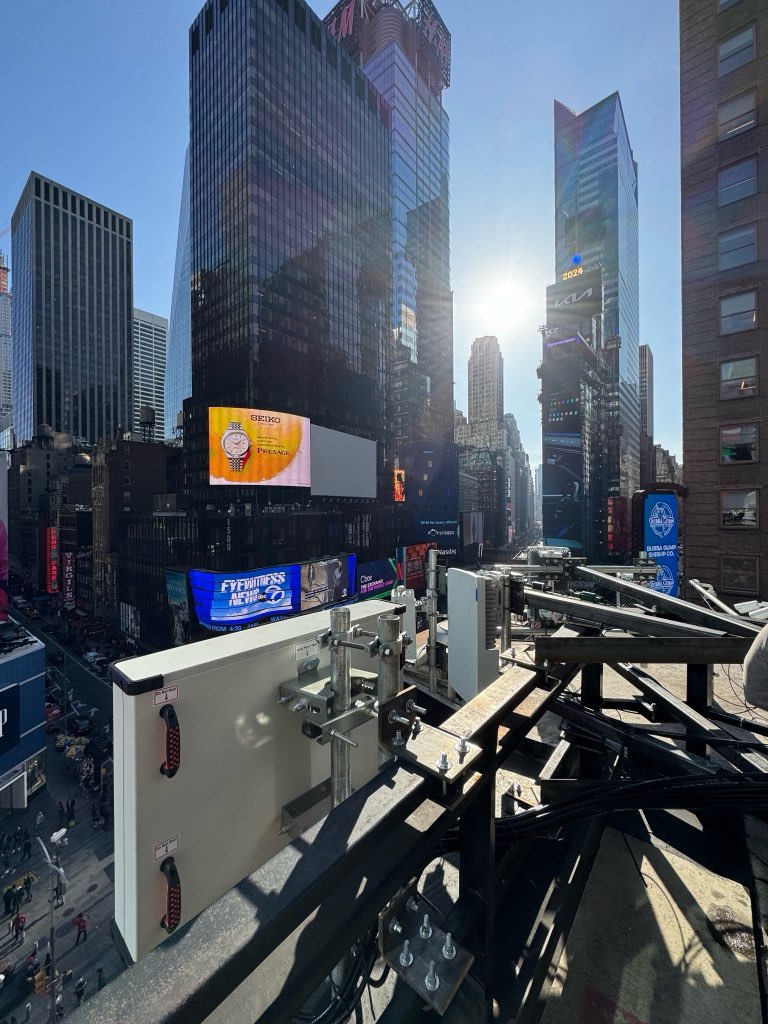
Galtronics also introduced time delay vs frequency equalization to its multibeam line, a critical feature in a stadium deployment. Since spectrum waves travel shorter distances as frequency goes up, those waves need to have all the beams in a multibeam antenna match up for the same delivery distance. This stabilizes the beams’ directions and reduces interference while delivering maximum dedicated RF capacity.
On the less technical but still important side of things, Galtronics has put a lot of thought into what set-up materials teams and venues need in order to deploy the antennas. In addition to packing each antenna in its own foam-padded, hard-sided case, Galtronics also builds bumpers and handles on the antennas to protect the electronics if the antenna should be laid on the ground. They also install and clearly mark mounting gear.
“We put a lot of thought not just into building the antennas, but also in making [the installation process] easier for installers,” said Whit Martin, vice president for wireless infrastructure at Galtronics.
Growing customer list is best proof of performance
For proof of performance, Galtronics can cite multiple-terabyte traffic day events for its antennas during the Taylor Swift Eras concert series at Rogers Centre in Toronto and BC Place in Vancouver in late 2024. More recently, Galtronics’ multibeam hyper-directional antennas were used by Deutsch Telekom to provide coverage for 250,000 fans attending an outdoor music festival in Germany.
According to Carroll, more public announcements of venues choosing Galtronics as their multibeam, hyper-directional antenna are forthcoming, including college football stadiums, an NBA arena, and a Major League Baseball stadium.
“We’ve been quiet, but now we’re really growing,” Carroll said. “We want to share our customer success with the market.”
Conclusion: When it comes to hyper-directional multibeam antennas for stadium cellular deployments, Galtronics is gaining ground as a more flexible and more affordable supplier of high-quality products.
Contact Galtronics for more information.



